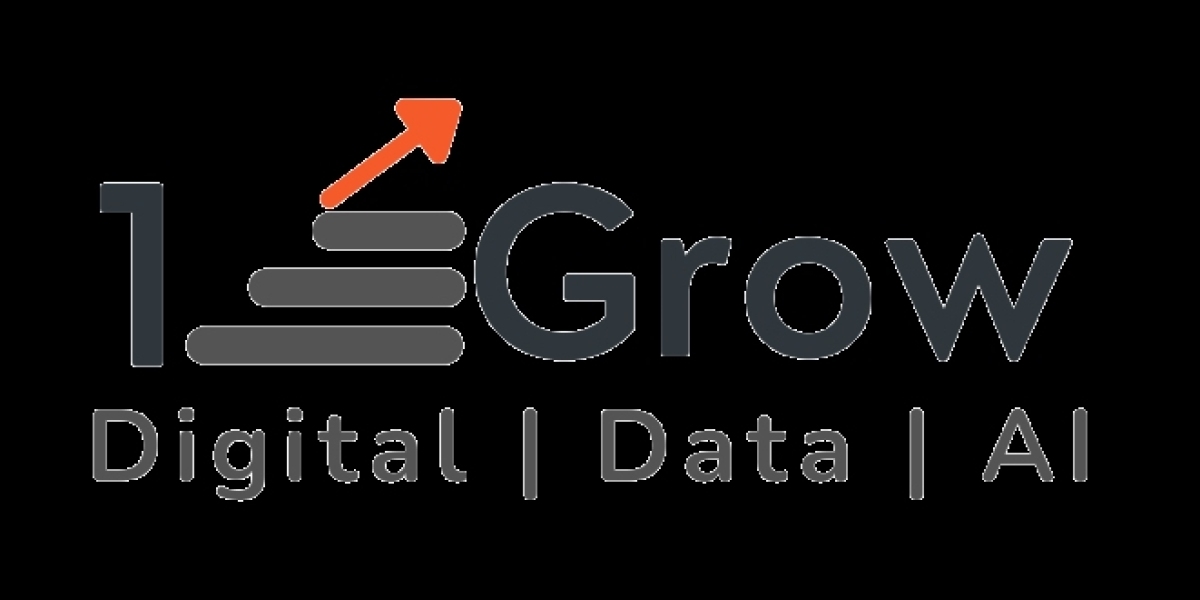The intersection of fintech and data science is a natural and powerful one, as both fields rely on the processing and analysis of large amounts of data. By combining the innovative potential of fintech with the analytical power of data science, financial institutions can gain a competitive edge and improve their operations and services.
In this article, we will explore three real-world case studies that illustrate the use of data science in fintech. The first case study focuses on fraud detection in online banking transactions, the second case study covers predictive modeling for loan default risk, and the third case study discusses customer churn prediction and prevention. These case studies highlight the potential of data science to solve complex problems and drive business value in the financial industry.
Stay tuned for a deeper dive into each of these fascinating and impactful fintech case studies using data science.
Case Study 1: Fraud Detection in Online Banking Transactions
Fraud detection is a critical concern for financial institutions, especially in the digital age where online banking and other types of electronic transactions are prevalent. Every year, billions of dollars are lost to fraudulent activities such as identity theft, phishing scams, and unauthorized access to accounts.
To tackle this problem, data science can be leveraged to build predictive models that can identify suspicious activity in real-time and alert financial institutions to potential fraud. These models can be trained on large amounts of historical data, including past instances of fraudulent activity and legitimate transactions.
One example of a data science-based fraud detection solution is the use of machine learning algorithms to analyze transaction data and flag transactions that deviate from the norm. For instance, a machine learning model could be trained to recognize patterns of fraudulent activity such as rapid account changes, large and unusual purchases, or transactions from unusual locations.
The implementation of a data science-based fraud detection solution can have a significant impact on the bottom line of a financial institution. By catching fraudulent activity early on, financial institutions can save millions of dollars in losses and improve customer trust and satisfaction.
Key lessons learned from this case study include the importance of using large and diverse datasets to train predictive models, the value of real-time fraud detection, and the need for continuous model monitoring and improvement.
Case Study 2: Predictive Modeling for Loan Default Risk
Predictive modeling is a key application of data science in the financial industry, particularly in the area of credit risk assessment. Financial institutions need to accurately predict the likelihood of a borrower defaulting on a loan to make informed lending decisions and minimize risk.
One approach to predicting loan default risk is the use of machine learning algorithms to analyze historical data on loans and borrowers. This data may include information on the borrower's credit score, income, employment history, debt-to-income ratio, and other relevant factors. By training a machine learning model on this data, financial institutions can create a predictive model that can accurately estimate the likelihood of default for a given borrower.
To further improve the accuracy of the predictive model, financial institutions can incorporate additional data sources such as social media data and alternative data sources. For example, data on borrowers' social media activity and online presence can provide insights into their financial behavior and credit worthiness.
The use of predictive modeling for loan default risk can benefit both financial institutions and borrowers. For financial institutions, it can help to reduce risk and improve lending efficiency. For borrowers, it can lead to more personalized and appropriate loan offers, as well as potentially lower interest rates.
Key lessons learned from this case study include the value of using diverse data sources and the importance of continuously updating and refining the predictive model to ensure its accuracy and relevance.
Case Study 3: Customer Churn Prediction and Prevention
Customer churn, or the loss of customers, is a significant challenge for financial institutions. It can be costly to acquire new customers, so retaining existing customers is crucial for the long-term success and profitability of a business.
Data science can be used to predict and prevent customer churn by building predictive models that can identify customers at risk of churning. These models can be trained on data such as customer demographics, transactional history, and interactions with the financial institution.
Once the predictive model has identified customers at risk of churn, targeted interventions can be implemented to prevent churn from occurring. These interventions may include personalized communications, loyalty programs, or other retention strategies.
The use of data science for customer churn prediction and prevention can lead to significant benefits for financial institutions. It can help to reduce customer acquisition costs and improve customer lifetime value. It can also lead to increased customer satisfaction and loyalty.
Key lessons learned from this case study include the importance of proactively identifying and addressing customer needs and the value of using data-driven approaches to retention efforts.
Conclusion
In this article, we have explored three real-world case studies that illustrate the power of data science in the fintech industry. The first case study showed how data science can be used to detect fraud in online banking transactions. The second case study demonstrated the use of predictive modeling for loan default risk assessment. The third case study highlighted the application of data science for customer churn prediction and prevention.
These case studies demonstrate the wide range of problems that data science can solve in the financial industry, from fraud detection to risk assessment to customer retention. They also illustrate the value of using data-driven approaches to drive business value and improve operations.
If you are interested in pursuing a career in data science, particularly in the fintech industry, it is important to have a strong foundation in data science skills and techniques.
Consider enrolling in the Advance Data Science Course by 1stepGrow to take your data science career to the next level. This comprehensive program covers the latest and most advanced techniques in data science and AI, using Python as the primary language. You will learn from experienced instructors and work on real-world projects to gain practical experience. Don't miss this opportunity to advance your career and become a leader in the field of data science.









